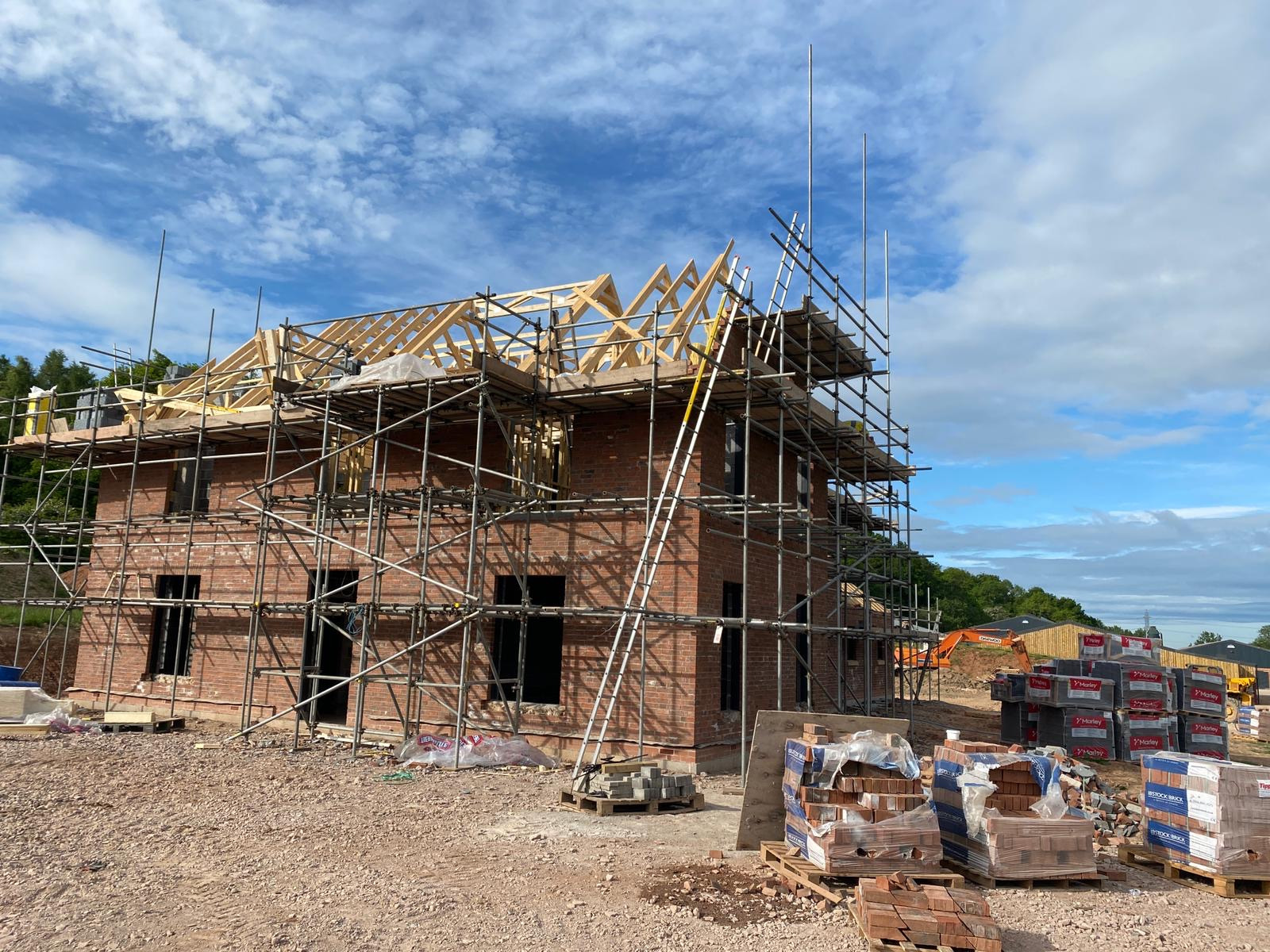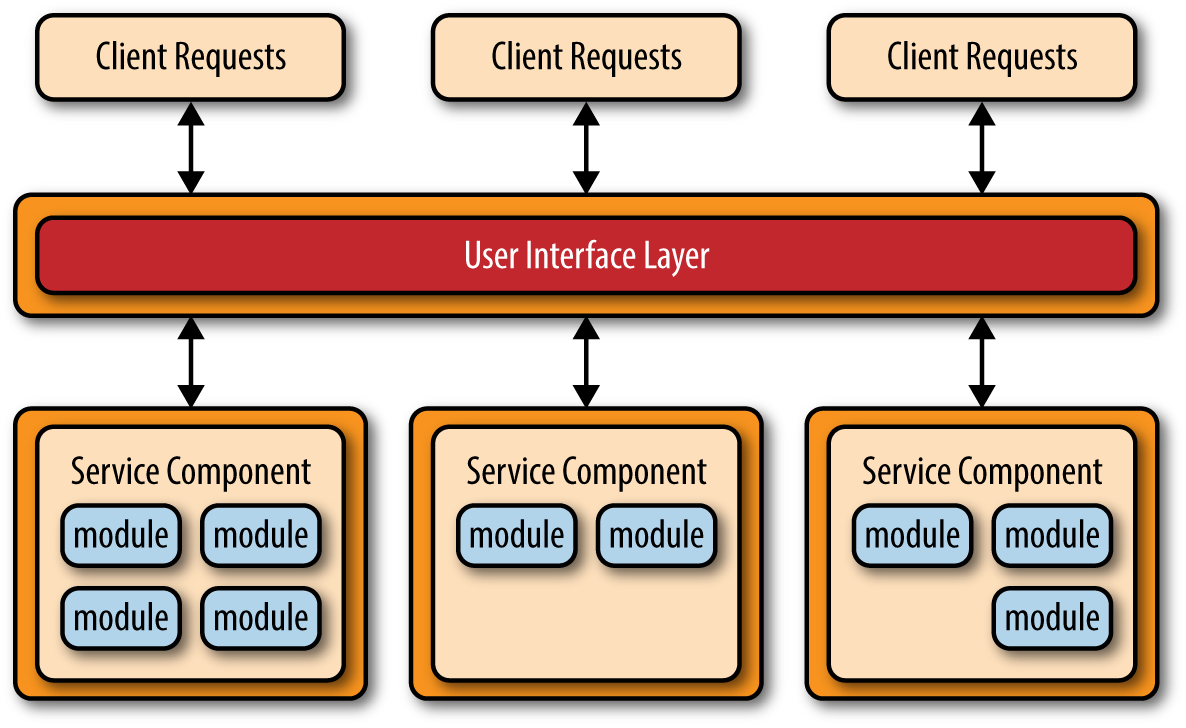Table Of Content

Builders can’t work in dangerous conditions, and they don’t want to put the construction materials or workers at risk. Having a clear timeline, open communication with your builder, and planning ahead for inspections can help you stay on track, but some delays may be inevitable. Instead of taking out a traditional fixed-rate mortgage for your new home, you most likely will be funding the project using a self-build loan or a construction loan. These loans require a lot of materials upfront, including a project timetable, budget, floor plan and materials list.
Get permits
It can cost anywhere from $70 to $300 per fixture for most installations. The cost of installing an electrical outlet ranges from $133 to $296 on average, and it should take a couple of hours per outlet to complete. The cost of fitting an entire home for cabinets and vanities varies a lot. The cheapest options are as low as $60 per square foot of cabinets, while a custom job can cost $1,200 per square foot. Expect the installation process to take a few days to a couple of weeks. The plumbing, electrical, and HVAC systems likely need to be inspected once they’re in place.
Complete rough plumbing
You can choose to invest more in some areas of the house and less in others. About 50% of the average house needs replacement during its first 30 years. A house with a heating or cooling system, appliances, or a roof past half its useful lifespan means you’ll probably end up replacing those items. For instance, if you plan to spend $200,000 building, you may have to qualify for a $220,000 loan.
Step 21: Insulation is installed
Preparing the house site is a collection of activities that must be done before the foundation can be laid. The final walkthrough is your opportunity to go through the house and make sure everything is as you requested. The final home inspection is where a home inspector looks over everything. These features can be customized to match your personal style, but you can also opt for plain white ones and upgrade down the road if you choose. Vanities and cabinets are the next things to be installed in your home. Once the paint has dried, flooring is laid throughout the house.

Steps 23-32: Adding your design touches
Lower Sioux Indian Community pioneers building technique using hemp - Sahan Journal
Lower Sioux Indian Community pioneers building technique using hemp.
Posted: Tue, 26 Sep 2023 07:00:00 GMT [source]
Draws can be done in stages, for example, a lender might divide the project into seven stages and release money at each stage. Or they may allow builders to request money based on the percentage of completion. Expect to pay more for construction financing than you would for a traditional home loan — even if the cost to build or buy is virtually the same.
Step 20: The roof is put on the home
During the winter, mature trees and shrubs decrease heating costs by blocking winds. As with any expensive contract, don’t sign off on anything you don’t understand. Get a buyer’s real estate agent specializing in new construction or a real estate attorney to help if you need it. You may have imagined being an owner-builder, and you may have the skills to make this happen.
Timeline
Zelda: TOTK - 8 Best Rooms You Should Build For Link's House First - Screen Rant
Zelda: TOTK - 8 Best Rooms You Should Build For Link's House First.
Posted: Sun, 02 Jul 2023 07:00:00 GMT [source]
Construction loans can cover the plot of land you plan to purchase, or they can be used for the construction alone. Once your home is built, some construction loans can be converted to mortgages. During this step, the contractor will install walls, windows, and doors, as well as the floor and roof systems. What’s known as the skeleton of your new house is starting to take shape! Your builder will install a protective shield, known as a house wrap, to prevent moisture from affecting the structure, keeping mold and wood rot at bay.
You don’t always know what mortgage rate you’ll be offered until the construction is complete. Or if you are locked in, rates may have dropped during the construction period, and you may be able to do better with another lender. The beauty of a construction-to-permanent mortgage is that you avoid multiple loan applications, packages of lender fees, and title charges. However, these mortgage programs can be harder to find from mainstream lenders, so you should expect to shop around if you want one of these loans. There’s not just a mortgage to consider, but also financing for the land, labor, and materials.
Cost: Is It Cheaper To Buy Or Build a House?
Getting a house weathertight is easily the most exhilarating part of the process for beginners — it’s when all the heavy work is done, and real progress can be seen almost every day. Depending on its size and complexity, most builders would expect to get a house weathertight in three to six months. Knowing the process of building a house step by step is important when taking on a self build, whether you are project managing or passing over the baton to someone else on the team.
In this step, your builder will install fixtures, such as light switches and faucets. Interior doors, baseboards, door casings, windowsills, moldings, stair balusters, and other decorative trim are installed. Drywall is hung on the interior walls and taped so the seams between the boards aren’t visible, and drywall texturing (if applicable) is completed. Rough framing, plumbing, and electrical and mechanical systems are inspected for compliance with building codes. At the very least, the framing inspection will be conducted separately from the electrical/mechanical inspections. Footings serve as the ground support system (usually formed using poured concrete and rebar) to keep the home from sinking.
No, unless you’re acting as the contractor on your project, the builder will provide a dumpster and portable toilet for contractors. If you have any questions about where those items will be located or cost factors, ask your builder. Depending on the size, dumpster rental prices range from $300 to $600 a week. The final step to bring it all together is applying the primer coat of paint, which varies depending on the finish. The average cost to paint a room is $300 to $1,000, but a large portion of this cost is labor.
‘True’ construction loans are short-term loans, usually 6-18 months. They’re used only to finance home construction (not the land or permanent mortgage). Once your builder has acquired the appropriate permits, the first step in building a house is to prepare the land. During building site preparation, crews will clear the lot of rocks, debris, or trees. Their goal is to level the site prior to pouring the foundation.
Also known as a pre-settlement walkthrough, your builder will show you the new home’s amenities and cover your responsibilities under warranty. Now is your chance to spot anything you’d like them correct before moving in. For example, check to make sure they’ve included all of the features you requested and that all of the electrical outlets are working. Things are really starting to take shape outside your new home too.
A central air-conditioning system — the largest cooling system type — usually costs from $3,800 to $7,700. Your local government wants to make sure the foundation is safe to build on, so it will require an inspector’s approval before work can continue. A foundation inspection can cost between $300 and $800, and should take only two or three hours. Depending on the size of the lot and its location, this step could cost anywhere from 8 cents to $2 per square foot. In Austin, Texas, for example, fees for basic construction permits for a one- or two-family home that’s 1,001 to 2,000 square feet can cost as much as $1,017.
The cost and timeline of this step vary depending on how much and what type of landscaping you plan to do. The national average spent on landscaping is $9,123, which comes out to 2% of the average construction budget. For home access, your build team will add walkways and a driveway. Installing a driveway can cost $600 to $23,000, with the average cost being $7,000.

No comments:
Post a Comment